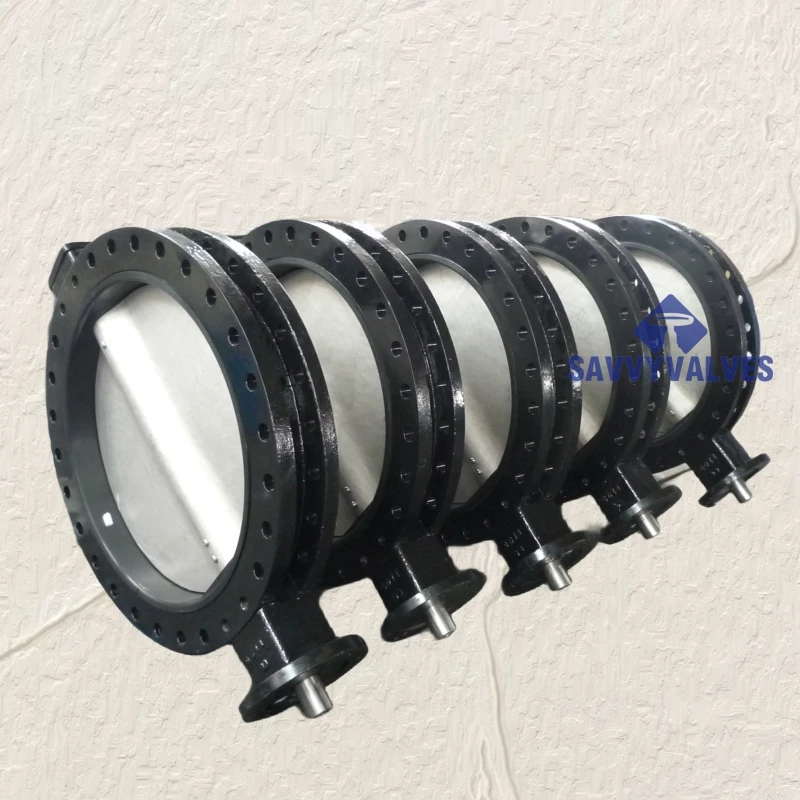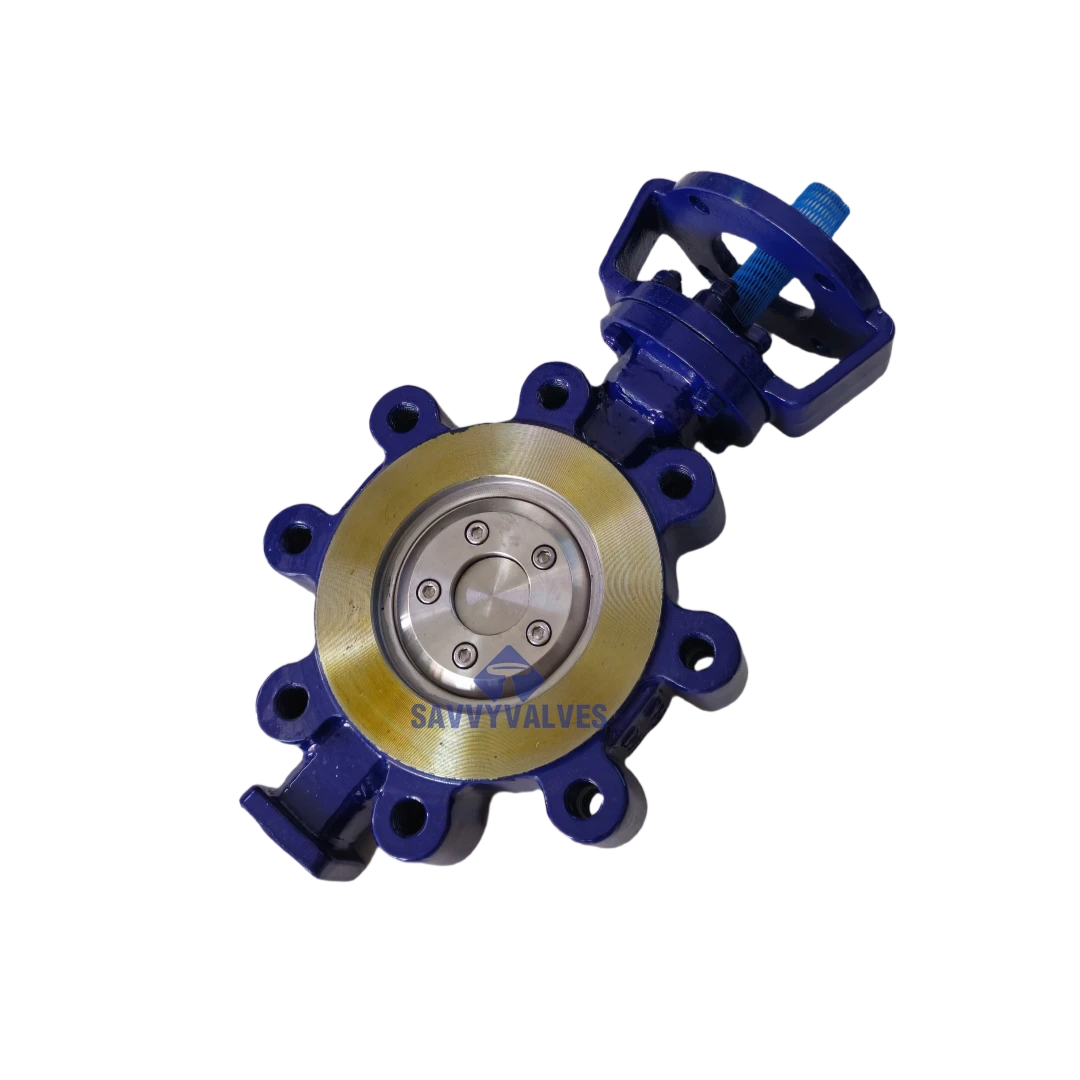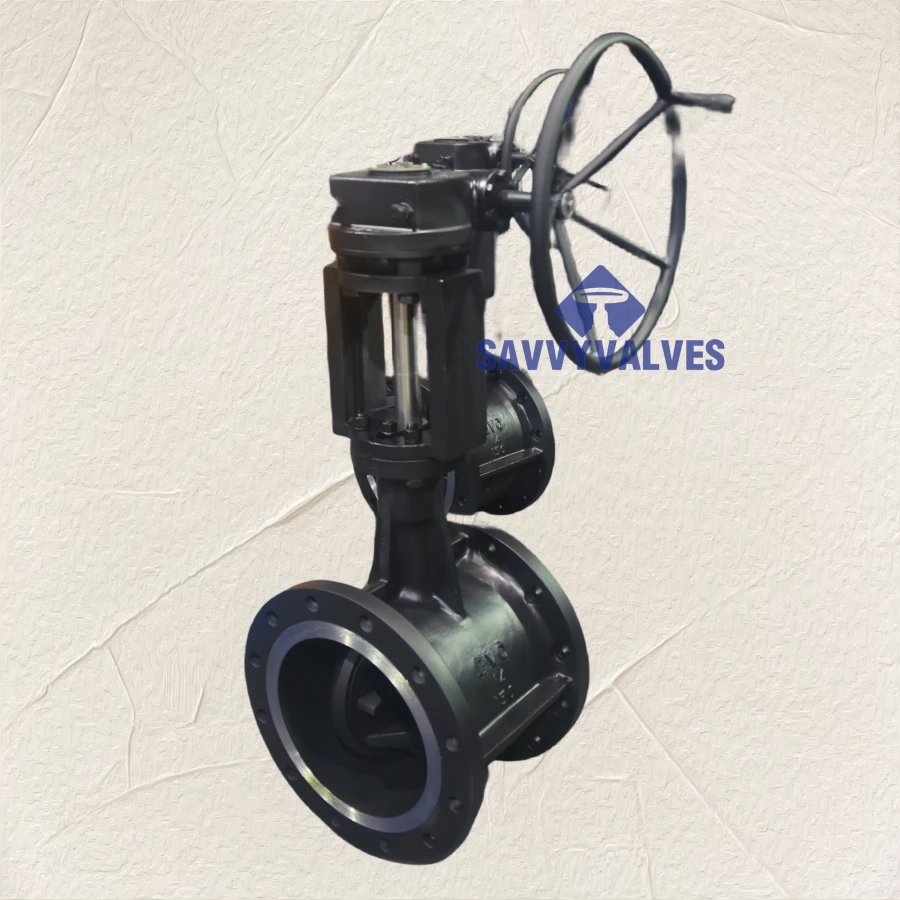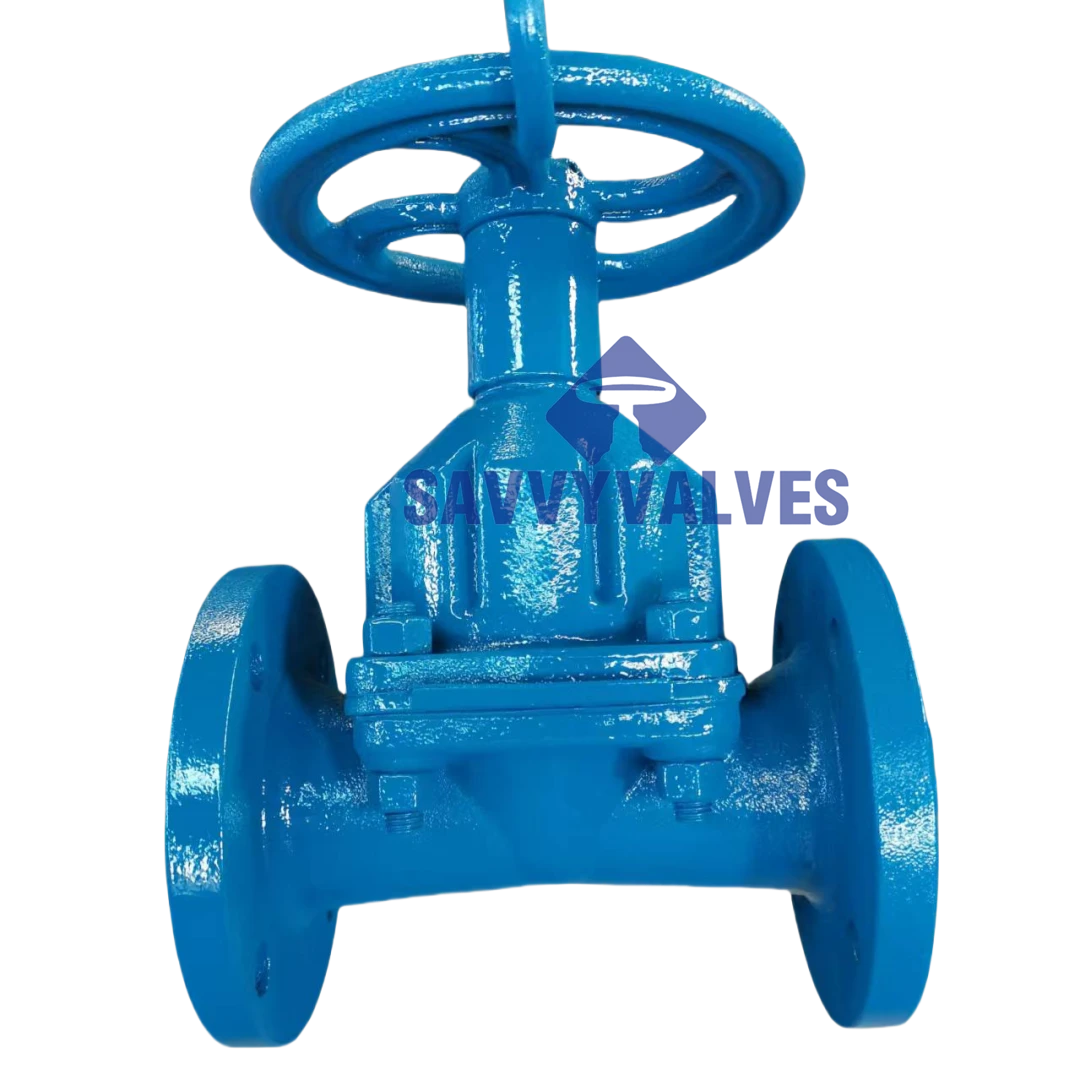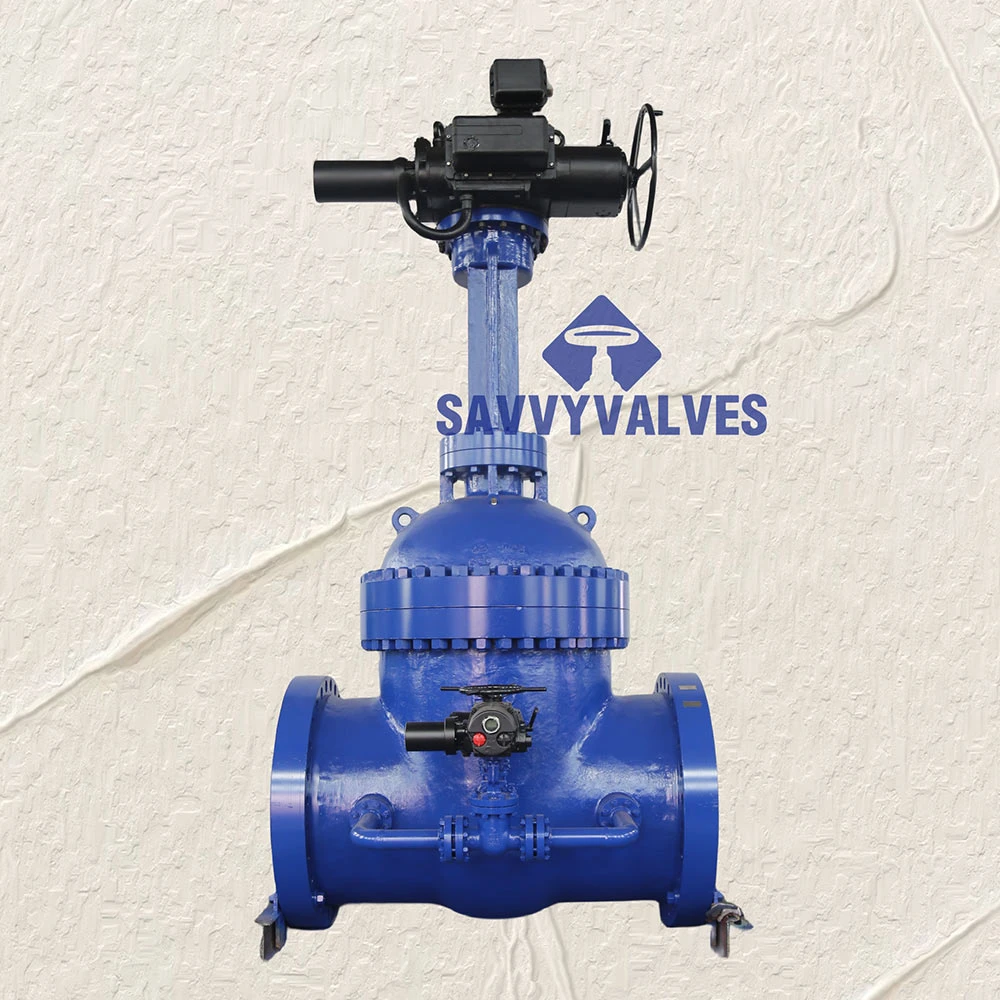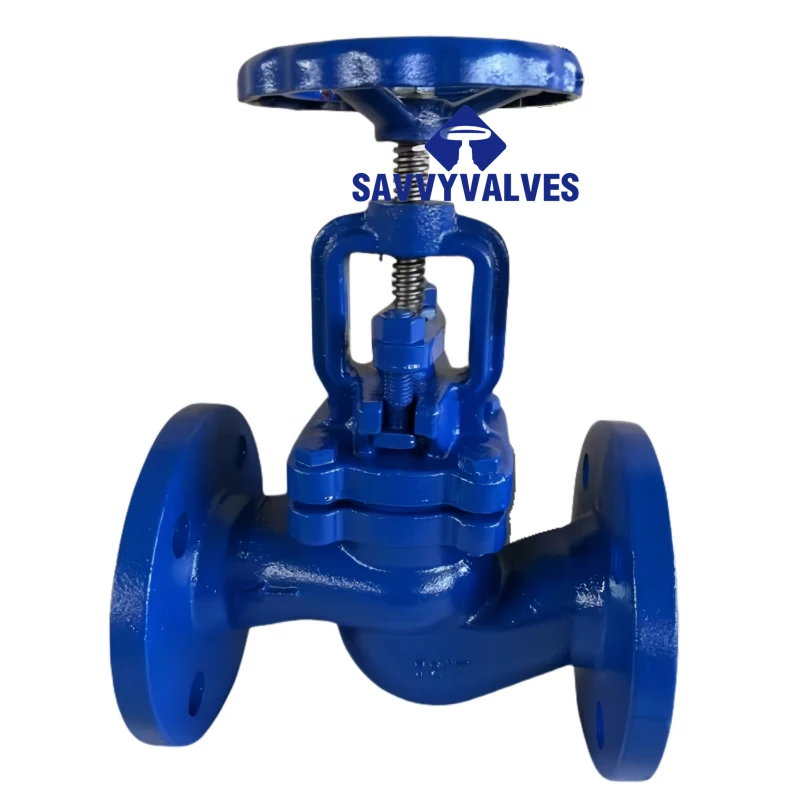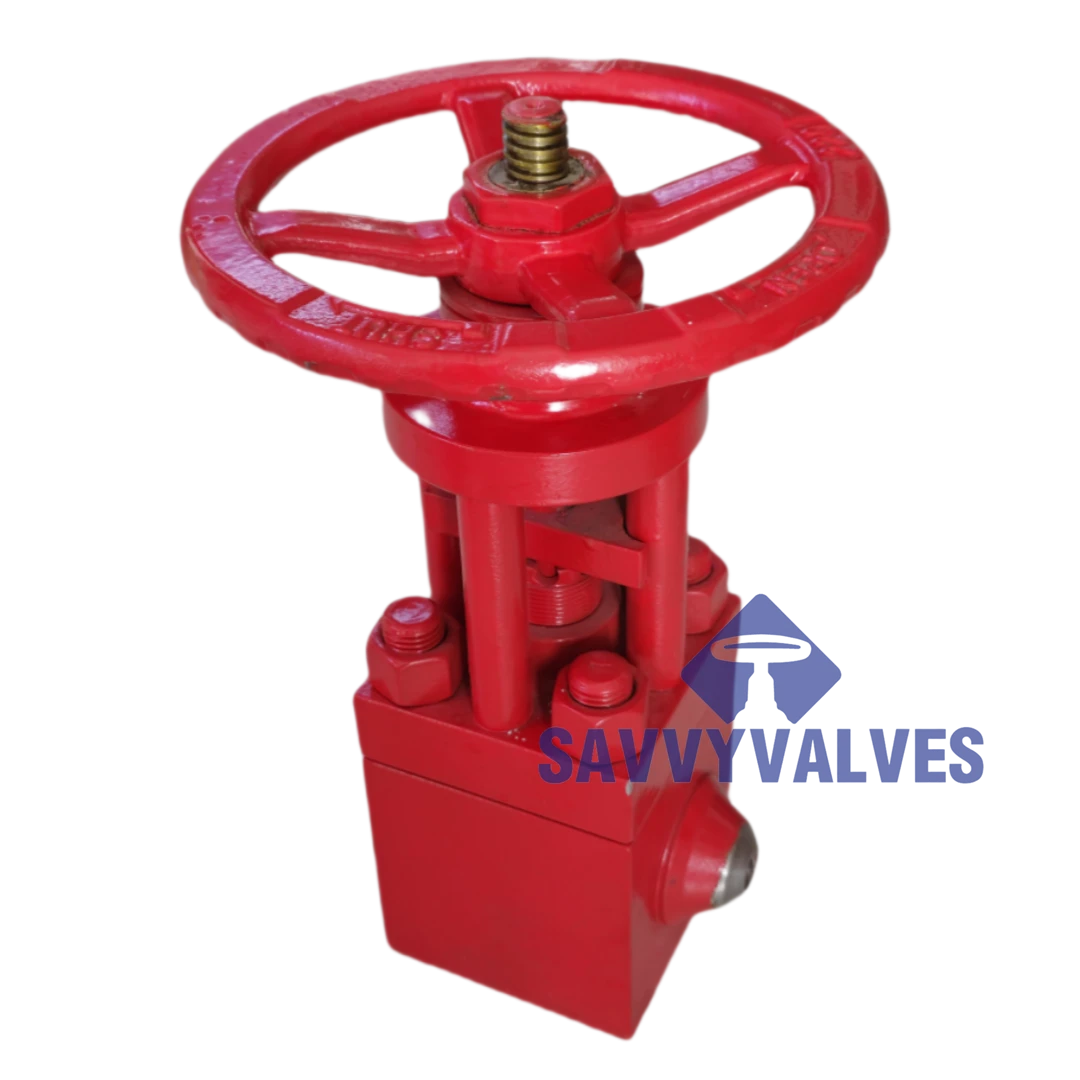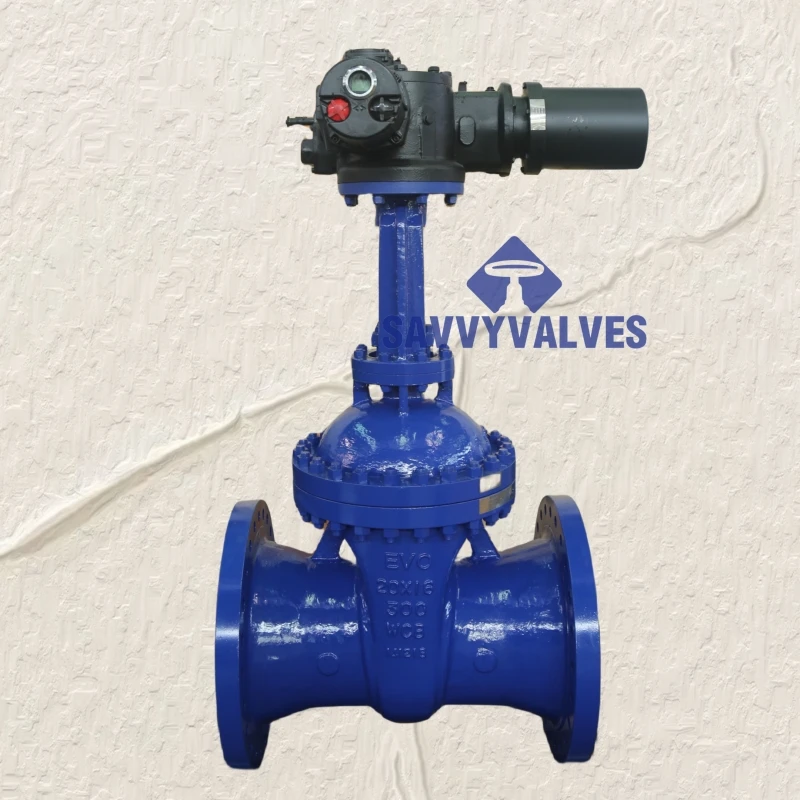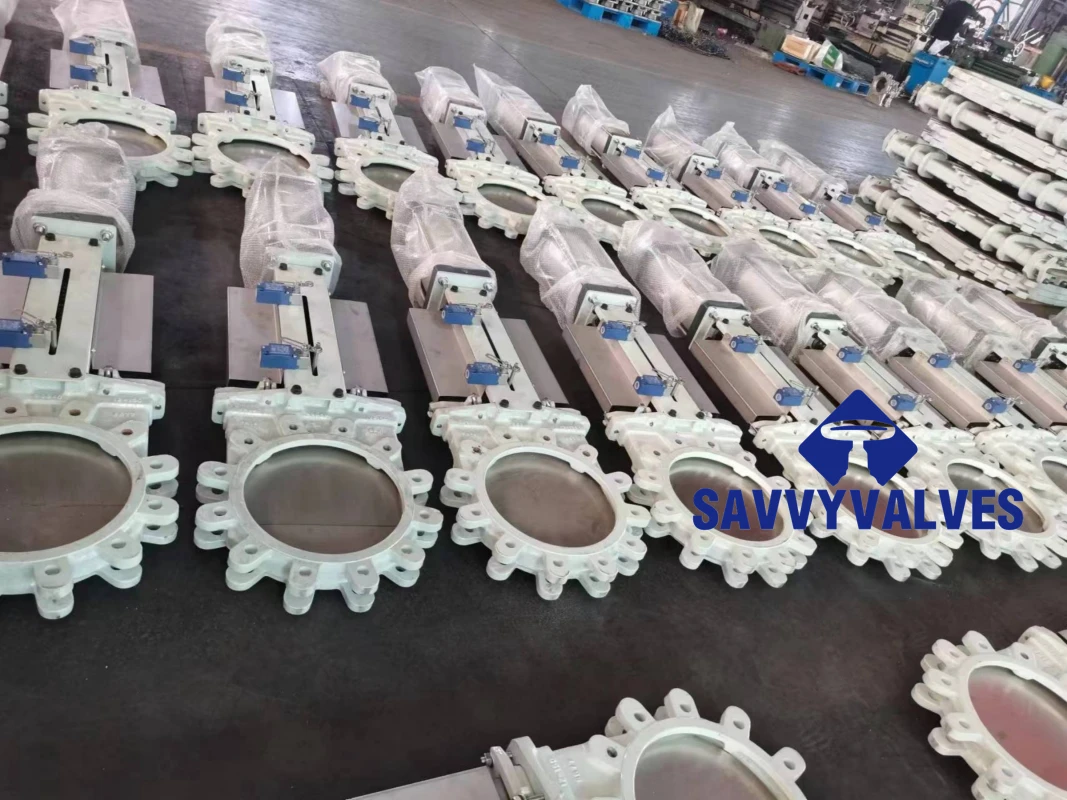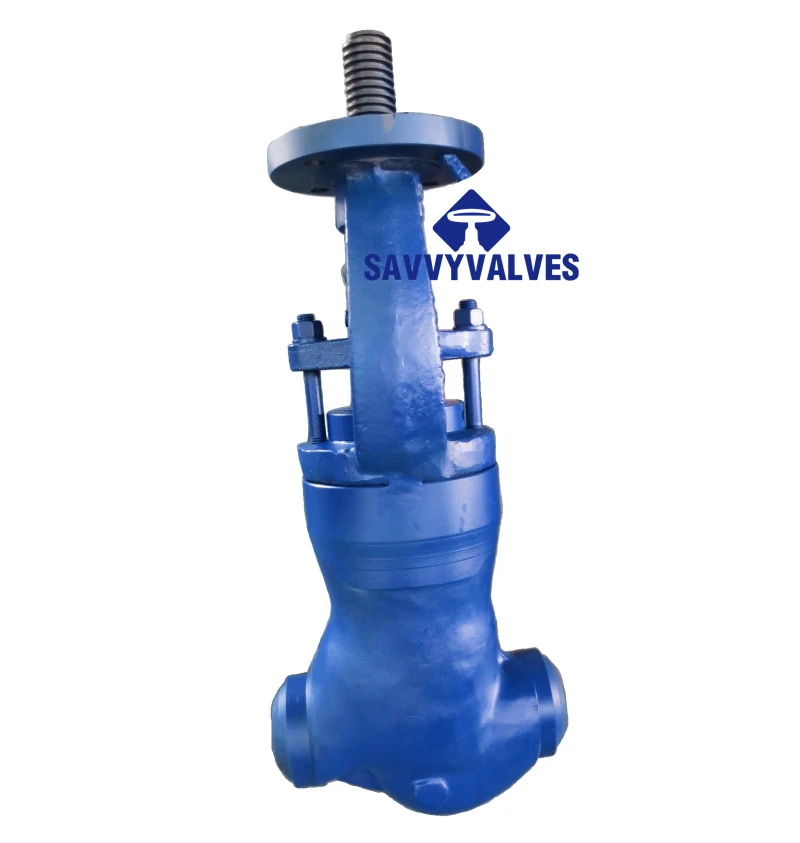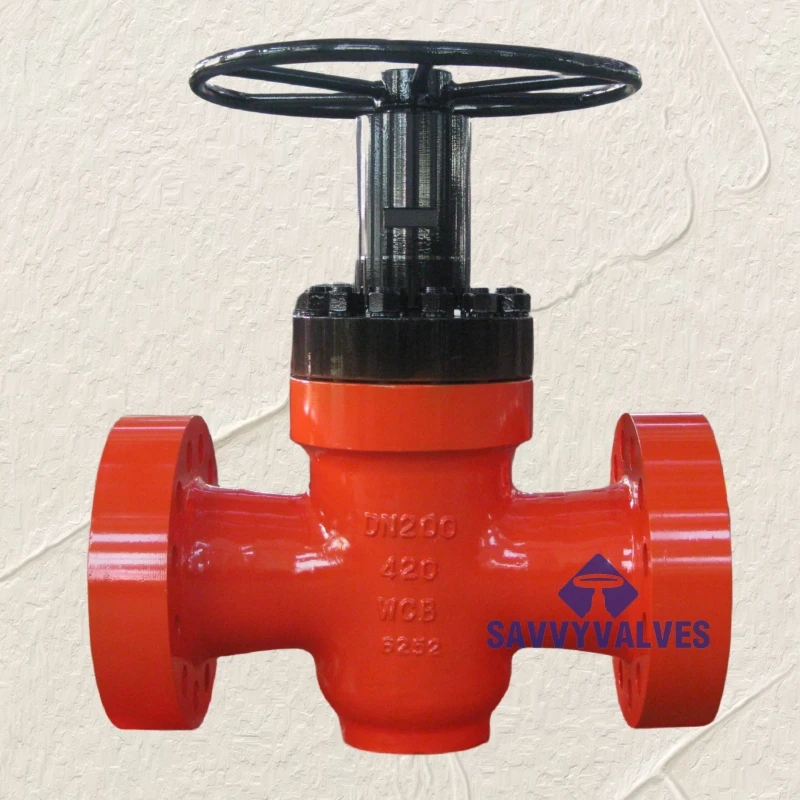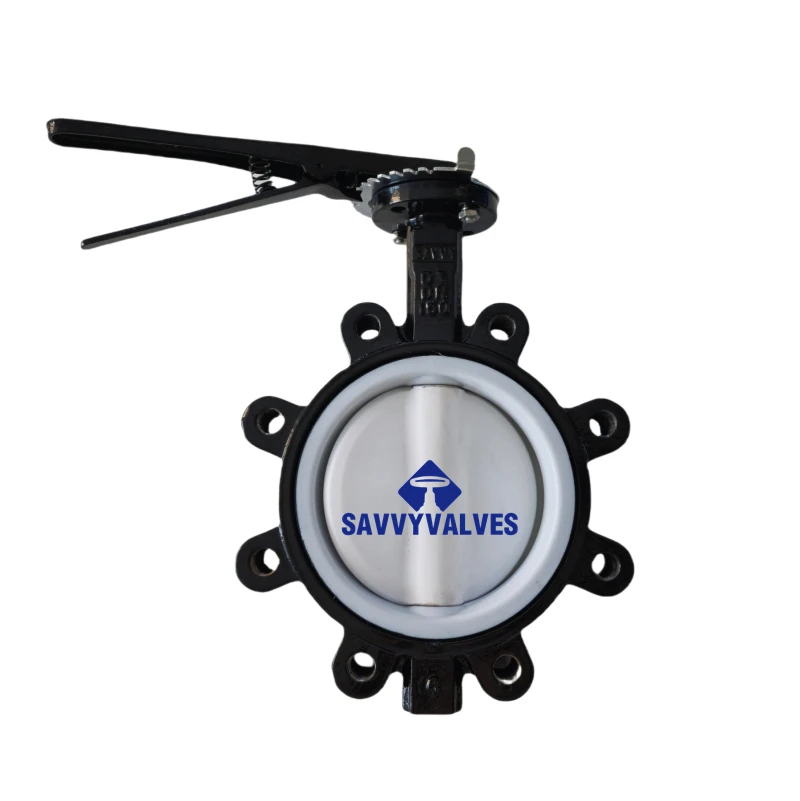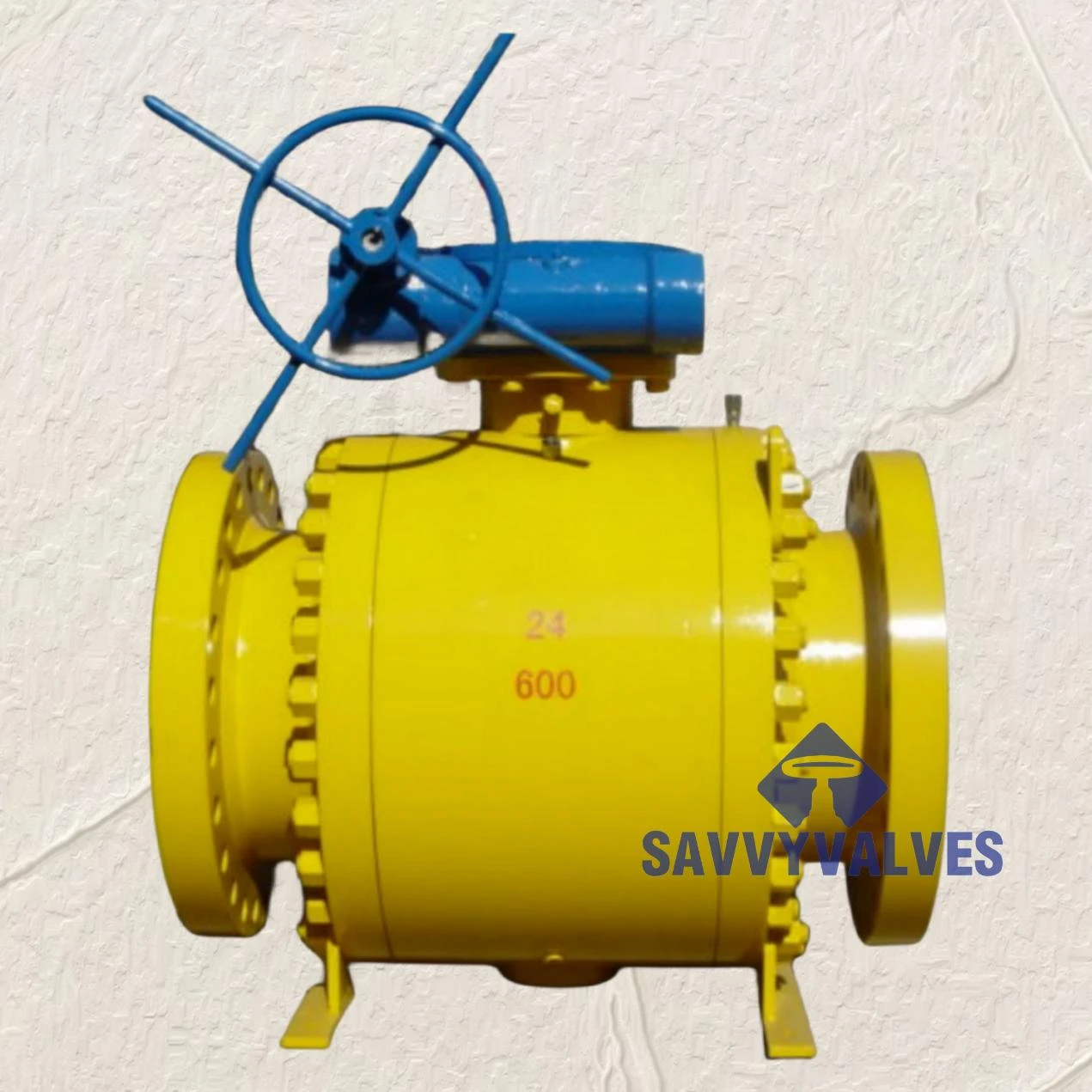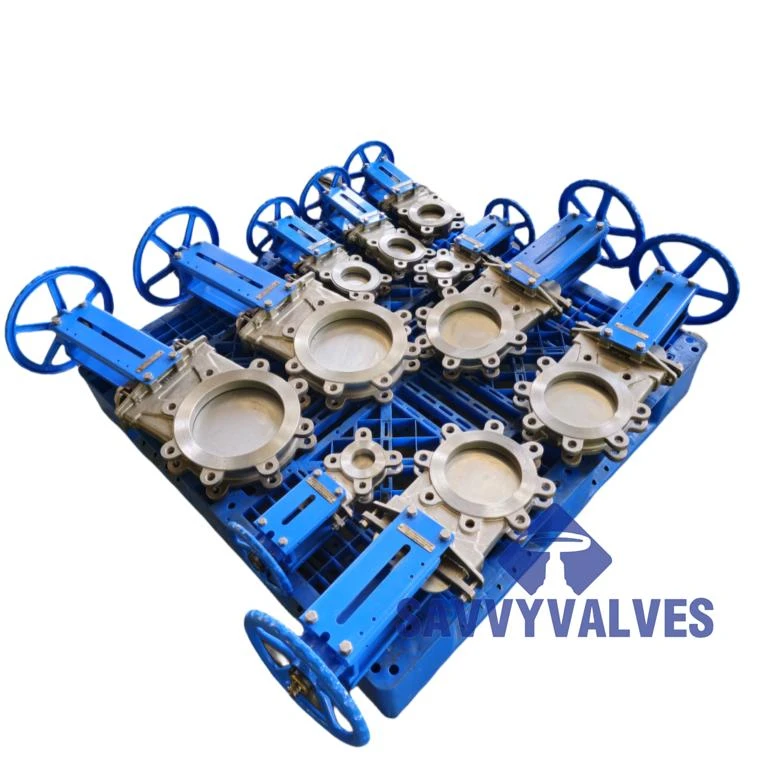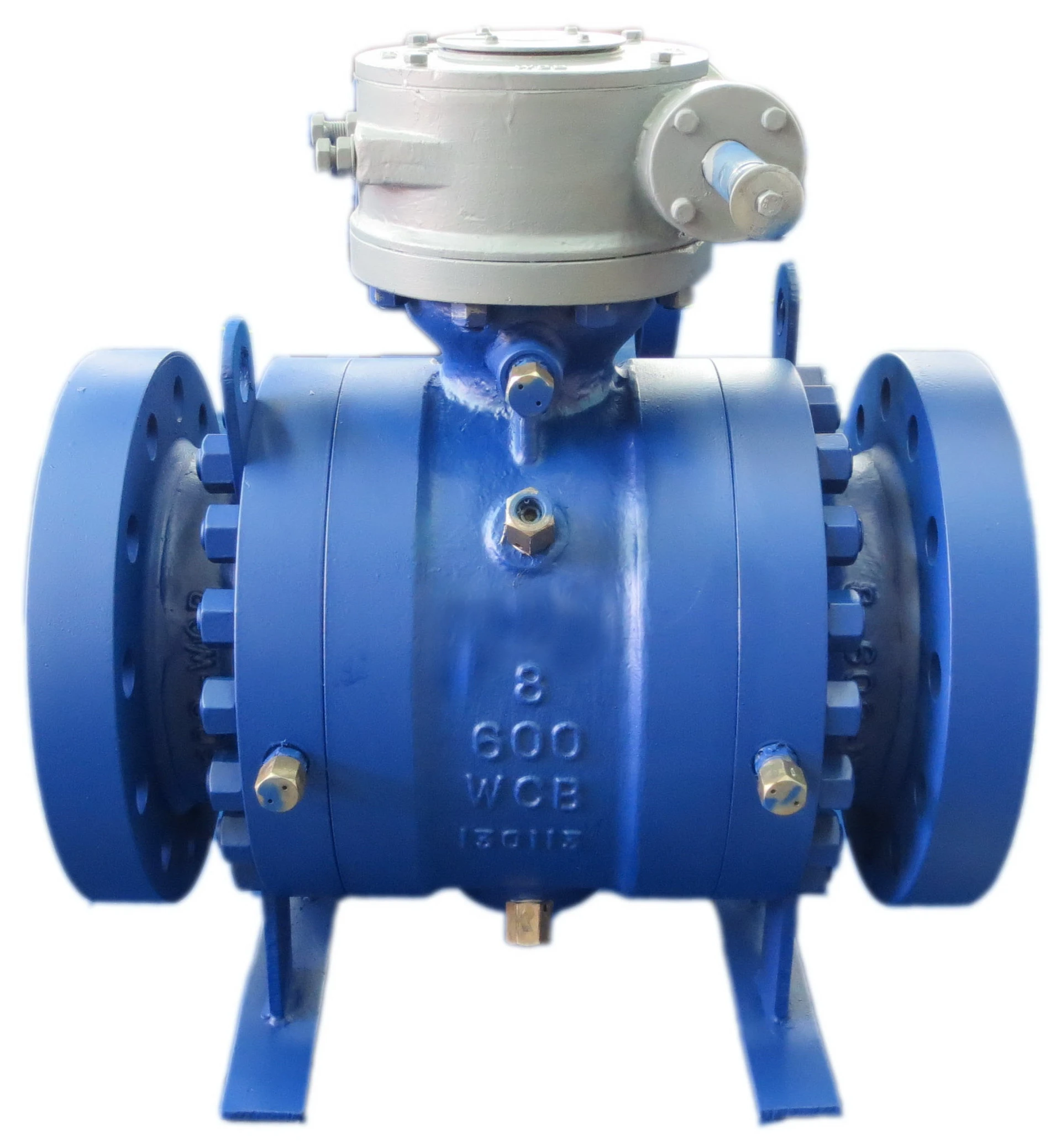1. Industry Trends & Market Overview
The CPVC True union floating ball valve market is pivotal for industrial piping networks demanding high chemical resistance, longevity, and ease of maintenance. Globally, the industrial valves sector is expected to surpass $84 billion by 2028, rising at 5.1% CAGR (MarketsandMarkets 2023), with CPVC valves seeing surging adoption in water treatment, chemical processing, and mining due to their unmatched corrosion resistance and cost-efficiency compared to metal alternatives.
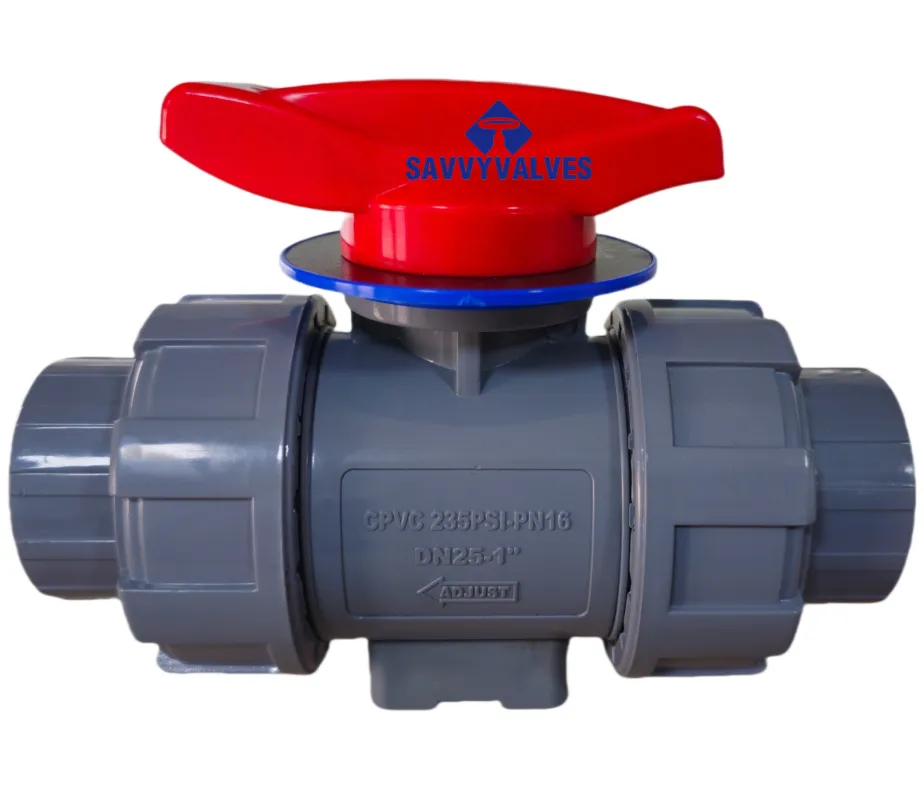
As per Valve Magazine (2023), demand for union-type floating ball valves in CPVC surged by 28% in regions prioritizing regulatory compliance, particularly for potable water and highly corrosive media lines.
2. Defining the CPVC True Union Floating Ball Valve
The CPVC True union floating ball valve is a high-integrity, quarter-turn valve engineered for isolating or regulating fluids within aggressive chemical, water, or waste pipelines. "True union" indicates fully demountable endpoints via union nuts enabling rapid valve replacement or maintenance without disturbing pipework. "Floating ball" refers to a ball design that, under pressure, presses against the downstream seat to achieve bubble-tight closure, minimizing internal leakage.
Key structural features:
- Body Material: Chlorinated Polyvinyl Chloride (CPVC), renowned for its chlorine, acid, and alkali resistance.
- Seats: Durable PTFE (Teflon®) or EPDM/FKM for superior chemical sealing.
- Union Ends: Available in socket, threaded (NPT/BSPT), or flanged, catering to diverse installation standards.
- Actuation Options: Manual/lever handle (~95% of installations) or pneumatic/electric actuator for automated processes.
3. Product Specification Table: CPVC True Union Floating Ball Valve
| Parameter | Value / Range | Test Standard |
|---|---|---|
| Size | 1/2" – 4" (DN15–DN100) | ANSI/ASME B16.5, EN 1092 |
| Body Material | CPVC (ASTM D1784 Cell Class 23447) | ASTM D1784 |
| Seat Material | PTFE, EPDM, FKM | FDA compliant (21 CFR 177.1550), ISO 4633 |
| Pressure Rating | PN10 / 150 PSI (ambient, up to DN50), PN6 / 90 PSI (DN65+) | ISO 16135, ASTM F1970 |
| Temperature Range | -20°C to +95°C (-4°F to 203°F) | Manufacturer Test, ISO 7267 |
| Connection | Socket, Threaded (NPT/BSPT), Flanged | ANSI B1.20.1/BSPT, DIN/EN |
| Certifications | ISO 9001:2015, WRAS, RoHS, REACH | Third-party tests |
| Cv Value (1" size) | 38 | Tested ISO 14538 |
| Cycle Life | >100,000 cycles (DN25, 100 PSI) | ISO 9393-1 |
| Typical Application | Chemical, Water, Mining, Semicon, Food, Pharma | Customer case studies |
4. Manufacturing Process Flow (with Infographic)
High-purity CPVC resin (cell class 23447), sourced and batch tested according to ASTM D1784 for chemical & mechanical integrity.
Injection molding of body shells and end unions at 190-230°C ensures uniform wall thickness. Ribs and stress points reinforced for pressure durability.
Precision CNC trims ball, seats, and interfaces for zero leakage fit. Ball roughness (Ra) finished to <0.2 μm for smooth operation.
PTFE or EPDM seats, stem seals, and O-rings inserted under cleanroom (ISO 14644-1 Class 7) conditions.
100% hydrostatic tested (per ISO 9393-1) at 1.5x rated pressure for 1–3 minutes. No visual leakage or seat bypass permitted.
QC verifies dimensional tolerances, cycle torque and seat integrity. Valves laser-marked with traceable batch codes and compliance labels.
Valves bagged for dust/moisture, boxed with documentation and batch test certificates.
- Standards Complied: ISO 9001:2015 (Quality), ISO 16135 (Plastic Valves), ANSI/NSF 61 (Potable Water), WRAS (UK Water Regs)
- Service Life: ≥25 years typical when operated per ISO 9393
- Corrosion Protection: CPVC is inherently immune to chlorine, mineral acids, alkalis, and saline solutions
5. Technical Advantages of CPVC True Union Floating Ball Valve
- Exceptional Corrosion Resistance: Unaffected by >98% of acids, bases, and salts due to CPVC’s molecular structure (ref: CPVC.org).
- High Pressure/Temperature Tolerance: Withstands up to 150 PSI at 25°C and 95°C service, outperforming most non-metallic valves.
- Zero External Metal: No exposed steel or aluminum means immunity to electrolysis or external corrosion in demanding plant environments.
- True Union Design: Enables in-line service or full removal for cleaning/replacement—reducing downtime by up to 80% (Valve Magazine).
- Low Actuation Torque: Engineered ball & seat fits allow easy valve operation, reducing actuator sizing/costs for automation.
- Safety Features: Blow-out proof stem, double O-ring seals, and ergonomic handles minimize leakage risk and enhance operator safety.
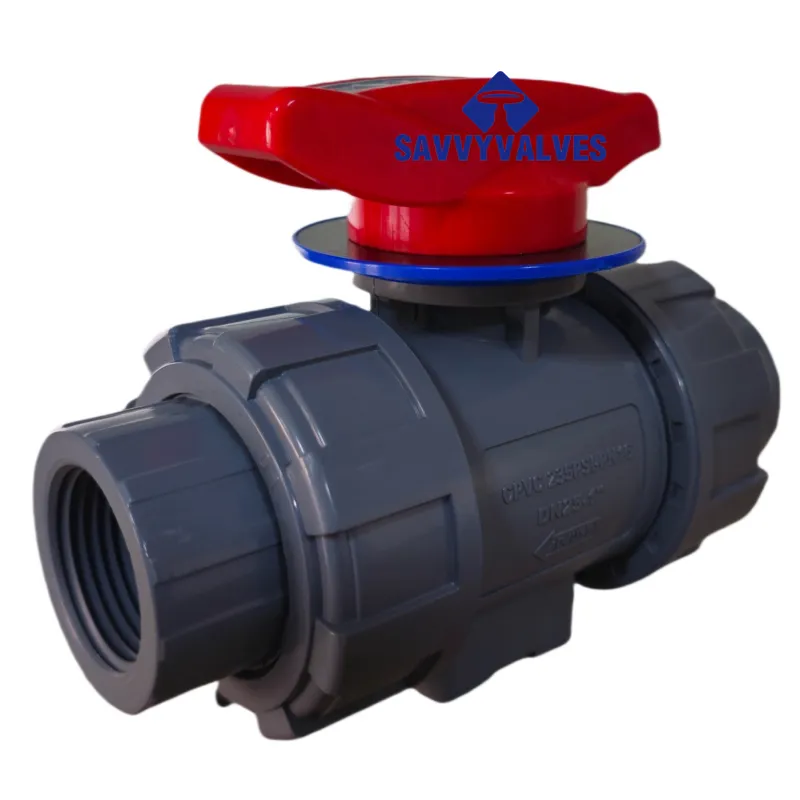
6. Data Visualization: Key Metrics & Industry Comparison
7. Leading Manufacturers & Market Comparison
| Manufacturer | Certifications | Main Markets | Notable Product | Strengths |
|---|---|---|---|---|
| AVK Valves | ISO 9001, WRAS, FM | Europe, Middle East | AVK Series 85 CPVC | Robust design, extensive support, certifications |
| Spears Manufacturing | UL, NSF/ANSI 61 | North America | True Union Ball Valve CPVC | Wide range, quick availability |
| GF Piping Systems | ISO 9001, ISO 14001 | Global | Type 546 Pro | Modular options, process expertise |
| Savvy Valve Technology | ISO 9001:2015, WRAS | Asia, EMEA, Americas | CPVC True union floating ball valve | Custom builds, fast OEM, cost leader |
When comparing CPVC True union floating ball valves, users should assess end connections, cycle test history, seat material options, and available actuation. Savvy Valve Technology, for instance, stands out for customized OEM/ODM options, traceable testing, and fast global delivery under ISO-regulated processes.
8. Customization Possibilities
- Connection End Customization: Socket, threaded (NPT/BSPT), metric, or ANSI/DIN/EN flanges per project standards.
- Material Upgrades: Choice of FDA, WRAS, or industrial compliant seats (PTFE, FKM, EPDM), or high purity grades for semiconductor/food service.
- Automation Ready: ISO 5211 mounting pads for direct-fit pneumatic/electric actuators.
- Traceable Batch Certification: Individual test reports and ISO/WRAS batch numbers available upon request.
- Private Brand/OEM Options: Laser marking, colored handles, and customer logo for volume orders.
9. Application Scenarios & Real-World Advantages
Problem: Frequent stainless steel valve replacement due to hydrochloric acid vapor.
Solution: Replaced with CPVC True union floating ball valve with PTFE seats—2-year service with zero visible corrosion, downtime reduced by 42%, maintenance costs down 58%.
Problem: Scaling and reliability issues in metal valves under high-chlorine leachate.
Solution: Switched to CPVC True union floating ball valve; 99.9% uptime for 3 years, zero failures, and stable operation up to 90°C.
Installation of CPVC True union floating ball valve ensures safe operation in chlorinated water, sodium hypochlorite, and pH control streams, complying with ANSI/NSF 61 potable water standards.
— Production Manager, European Chemical Producer
10. FAQ: Professional FAQ for CPVC True Union Floating Ball Valve
Expert FAQs
- Q1: What certifications do CPVC True union floating ball valves typically hold?
- Most reputable CPVC true union valves are certified with ISO 9001:2015 (quality management), WRAS or NSF/ANSI 61 for drinking water, and often RoHS/REACH compliance for international markets.
- Q2: What is the typical service life of a CPVC union floating ball valve?
- With proper installation and media compatibility, >25 years and over 100,000 cycles per ISO 9393-1 testing is typical.
- Q3: Which installation standards are supported?
- End connections accommodate ANSI, DIN, and JIS pipe norms. Threaded versions meet NPT/BSPT (ASME B1.20.1), while flanged union ends are per EN 1092/ANSI B16.5.
- Q4: What are typical seat and seal materials and their media compatibility?
- PTFE (universal chemical resistance), EPDM (water, dilute acids, alkalis), and FKM/Viton® (aggressive organics, higher temperatures), selected to suit media exposure.
- Q5: Is the CPVC True union floating ball valve suitable for slurries or solid-laden flows?
- Yes, but must specify anti-abrasion seats (e.g., reinforced PTFE), oversized balls or full-bore design, and periodic flushing regime for best longevity.
- Q6: Can these valves be used with automation systems?
- Yes, most are ISO 5211 actuated (electric or pneumatic) via direct-mount adaptor pads. Confirm torque & cycle speed for your actuator selection.
- Q7: What is the warranty and scope of after-sales support?
- Savvy Valve Tech offers a 2-year warranty (material and function), with lifetime technical consultation and certified shipment traceability.
11. Delivery Cycle, Quality Assurance & Customer Support
- Delivery Lead Time: 2-5 weeks for standard SKUs; 4-8 weeks for OEM/customized variants.
- Quality Guarantee: 24-month warranty, 100% hydro/seat leak tested per order; full support for third-party inspection on request.
- After-Sales Support: Free installation training, troubleshooting, and 1:1 rapid replacement if out-of-box failures detected.
- Documentation: Each shipment is supplied with batch test certificates and compliance documentation (ISO/WRAS/RoHS etc.).
12. Conclusion & Authoritative References
The CPVC True union floating ball valve represents the industry’s gold standard for cost-effective, high-integrity isolation in the world’s most challenging fluid networks. Combining outstanding corrosion performance, modularity, and proven longevity as validated by ISO, ANSI and WRAS standards, it offers unrivaled value for diverse sectors including chemical processing, water treatment, and mining.
For further reference and best practices in valve selection and operation:
- The Corrosion Resistance of CPVC — Technical Paper
- Valve Magazine: True Union Valve Benefits in Industry
- EngineeringToolbox: Pressure & Temp Ratings (Plastic Valves)
Quoted content and community discussion from Engineering Forums – Valve Engineering.

